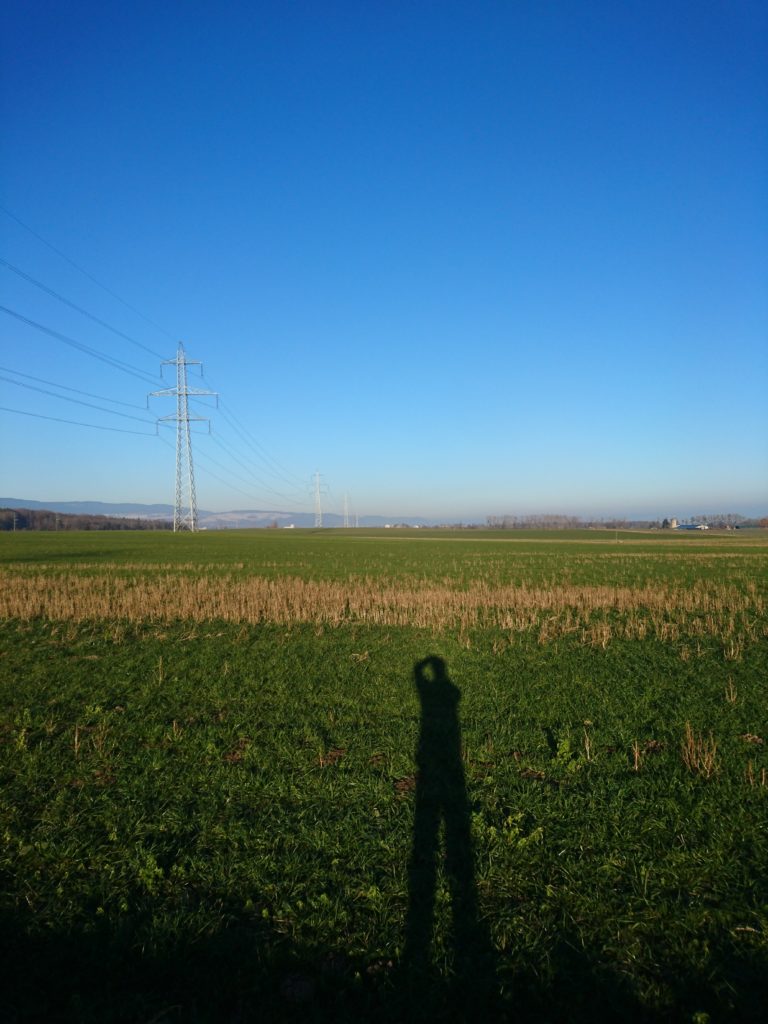Cheap Curiousities and Expensive Ones
Mobile Phones
We are in a pandemic and I am between contracts, two reasons for which having an interest in the latest mobile phones is a futile pass time. I tried to revive my old Android phone and succeeded. I sometimes find it hard to get the phone recharged, and when it is recharged I need to keep it charged. This time I had a bonus problem. No data connection

I tried to connecting to wifi, no luck. I tried using the mobile phone’s data connection, no luck. I tried using one phone as a hotspot. No luck either. Restart the phone, no luck. In the end I tried a factory reset and the problem was resolved. Data worked both on wifi and 4g. The phone is old, but at least it allows me to play with Android when I want to.
Nettle Tea
I read that Nettle tea tastes of various things, honey, grass, slightly minty, spinach and more. The combination of those tastes didn’t sound appealing, except for mint and honey. I also wanted to see what they taste of. I spent an entire 2.95 for twenty tea bags and I tried it. When it’s dry it smells like hay, and when you smell it in boiling hot water it smells quite bad, like fish, or some other unpleasant smell. I then tasted it and it tastes like it smells when it’s dry. Hay. It’s like drinking the smell of a barn. You can see why people mix it with other flavours. Now I have one less thing to be curious about.
Jungfrau Tea
Jungfrau Tea, named after the mountains is made from seven herbs. It is made from a combination of round leaved mint, citrous thyme, orange mint, fennel seed, Lemon balm, Achilles Yarrow and mauve. I am confused by the lat one. The taste is definitely different. It has texture and I consider that it could almost be good. I have not added sugar or anything else and it has had time to sit so I may not be getting the full experience.
For more info
The Pandemic
I try not to write about the pandemic too much. We are stuck in a loop where governments make mistakes, and people who don’t follow international news go along with it. We are four or five waves into this pandemic in Switzerland and it is only possible to remain positive if we expect little from our governments. England, Switzerland and Sweden have governments that are trying to ignore the problem, and pretend that it is endemic as soon as possible.
Meanwhile in most of Asia the pandemic is under control and there is less human suffering. Europe and the US are suffering, and yet other nations are not. Some people say that it is because in the West we have selfish cultures where the individual is put on a pedestal and community is ignored, while in Asia there is community spirit, and this helps to control the pandemic.
Either way, Covid-Zero should be prioritised over the fool’s errand of endemicity.
Now you understand why I avoid writing about the pandemic.
